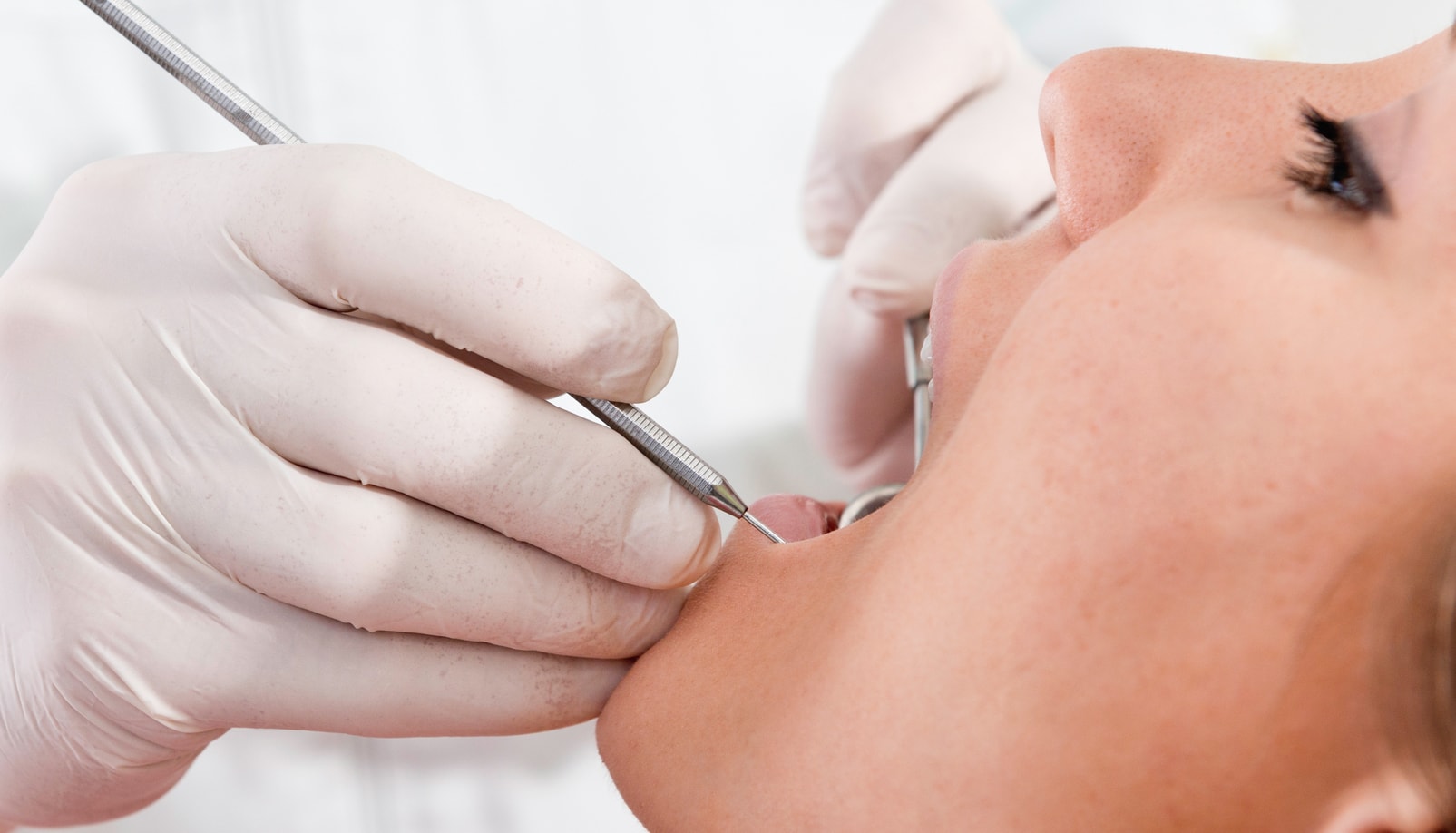
Direct fillings are used when the dentist removes the cavity and applies a tooth colored composite resin material directly to the tooth. Afterwards it is shaped, cured and polished by the dentist, leaving the patient with something equivalent to a traditional filling.
Indirect fillings use a laboratory method to make the dental impression. The dentist cleans out the cavity and then takes an impression of the teeth using special putty that is sent to the laboratory to be customized for the patient. In the lab, technicians will create the restoration made out of the composite resin similar to direct fillings, but it is cured in a different manner for better wear resistance. The laboratory can also do custom touches such as glazing and tooth shade matching. When it comes back from the lab, the patient returns and it is bonded to the tooth. It is indirect in the sense that it is not directly placed on the tooth at the same time. It has to be custom made for the patient.
The main difference between direct and indirect fillings is that the latter tends to produce a much durable and better fitting results. An indirect filling involves a much longer process, due to the extra step of using a third party laboratory to customize the impressions.
The advantage of doing the direct composite is that it is all done in one appointment for the patient. They come to the office, receive the filling for the cavity, and then they leave. It also allows the dentist to be more conservative on the prep. Since it is applied directly to the tooth, the dentist is able to remove any additional tooth structure. The indirect method has guidelines that must be followed so the lab can see what the doctor sees. The direct method offers instant results. However, the direct approach is not as strong as an indirect filling.
The main advantage of the indirect method is that it is great for larger restorations that bridge the gap between teeth that really need a filling versus a crown where the cavity is a moderate sized cavity. Moving forward and doing a full coverage crown where the restoration would cover the entire tooth would be very aggressive to do. The indirect offers a more conservative approach as well as greater wear. It is not going to wear out as much as a direct resin would.
If the dentist is able to be very conservative and small, the direct is an amazing way to go. If the dentist is looking at a large filling or doing larger veneers, an indirect adds more strength and force for the patient.
A semi-direct approach is a combination of the two. Once all the cavities are cleaned out of a tooth, the mouth can be scanned to take an impression. The patient’s mouth is scanned, the scan is taken to a computer and the restoration is designed. It is then fabricated in the office and is usually done in 30 or 40 minutes. The patient is still getting same day results.
If the dentist does not have a milling unit in the office, there are some composites sold over the market that can be used to create the product and place it in the mouth. The results are closer to an indirect filling.
Whether a patient uses direct or indirect depends on what the indications are. For the most part, a patient who has either small cavities or wants some veneers would do very well with the direct approach. For patients who have larger cavities they are trying to close or rotated teeth, having the lab work on it with an indirect approach is the best option for them.
Each approach is limited by the needs of the patient. The other limitation is the experience of the dentist. It is important to have someone who is well trained in each type of restoration so the dentist can decide which approach is best for the patient.
There is always a chance of some sensitivity following a procedure that can last for days or weeks. With the direct approach, there can be issues with staining or chipping that may occur.
When the patient walks out, the restorations are set up and bonded so the patient can actually go out and eat right away. If there is some numbing, it is best to wait until the numbness goes away. But in terms of the restoration, it is ready to start being used.
When they are placed in the ideal situation, the fillings will have very similar results that last between 10 and 15 years on average. A direct approach with the veneer might be closer to the 10-year mark just because it starts looking duller and can pick up some staining. Choosing an approach that gives better longevity in the aesthetics helps give long lasting results.
Extending the longevity of the fillings comes down to basic maintenance such as brushing and flossing. The patient needs to follow a diet that limits their sugar and acid intake. The most important part is having regular dental checkups every six months in order to catch, and solve problems quickly.
It is important for the patient to find a dentist that he or she trusts. Being able to sit down and talk to a dentist that the patient is comfortable with is important in making the decision of whether to use the direct or indirect approach. Ask the dentist if they have example cases that show their results. It is even okay to get second opinions. It all comes down to being comfortable and trusting that the dentist is going to do things correctly the first time.
Written by Cosmetic Town Editorial Team - MA
Based on an exclusive interview with Allison Lesko, DDS in Salina, KS